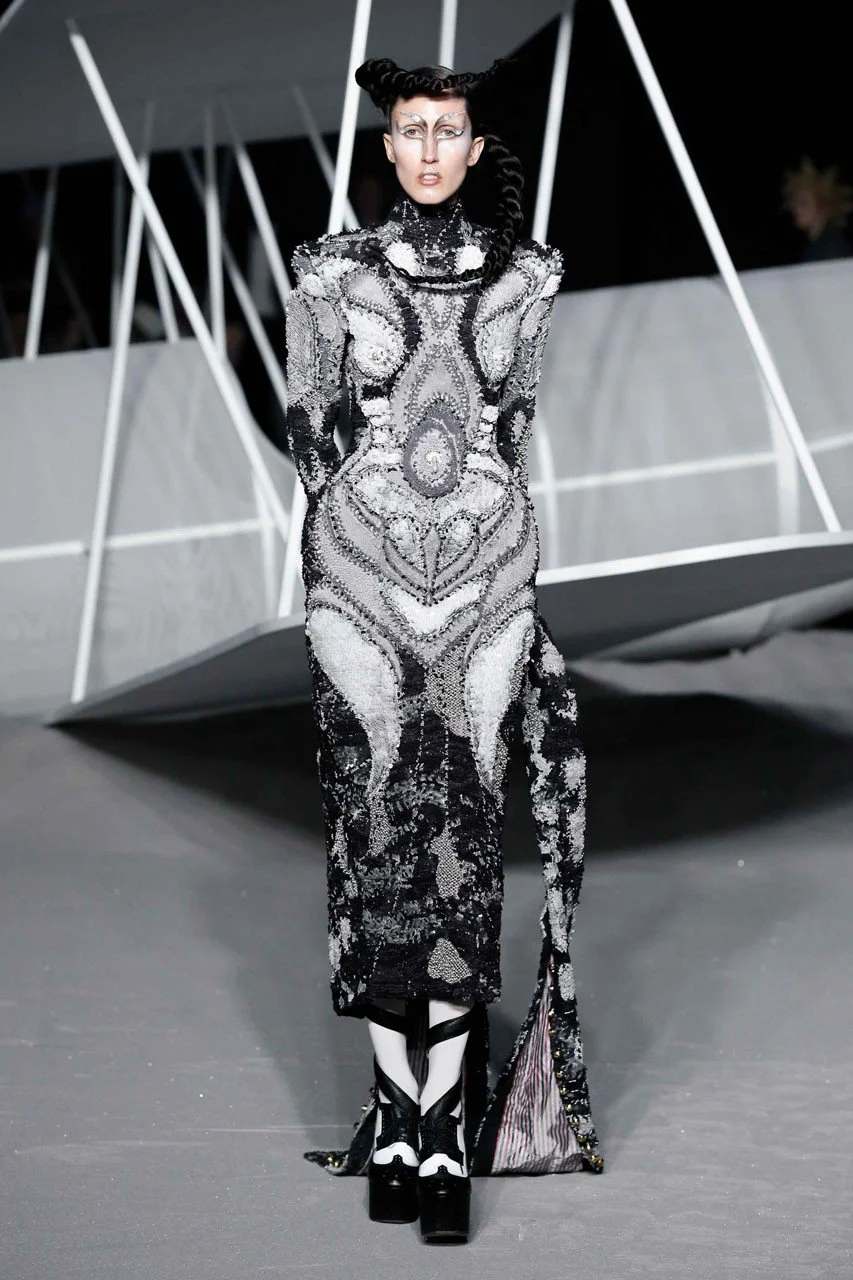Fashion Fandoms: Empowering Brand Engagement Through Passionate Alliances

In the realm of marketing, a revolutionary trend is reshaping brand engagement: fashion fandoms. In an era where passionate brand enthusiasts hold immense influence, understanding the dynamics of fan communities can be a game-changer for your campaign strategies.
What exactly are fashion fandoms? These are vibrant groups of individuals united by an unwavering devotion to a specific fashion label or designer. The allure lies in the shared enthusiasm and the sense of belonging to a community that celebrates fashion excellence. As a marketer, recognizing the potential of these fashion devotees and crafting strategies to engage them is pivotal.
Fashion fandoms serve as invaluable sources of insights into your target audience. Their enthusiastic engagement provides vital clues about their preferences, triggers, and emotional connections. By grasping their tastes, you can create content and experiences that truly resonate. Consider the example of Gucci, which launched a community platform allowing fans to share their unique Gucci-styled looks. This empowered fashion enthusiasts to showcase their creativity and build camaraderie. Giving fandoms a platform for expression fosters genuine engagement, a powerful asset for any brand.
Moreover, nurturing a fashion fandom yields a two-way relationship. Engaging in a dialogue with these fans fosters a genuine connection, cultivating their loyalty and transforming them into vocal brand advocates. Chanel's interaction with its fandom showcases this phenomenon. When the brand collaborated with fans to co-create exclusive designs, it not only acknowledged their loyalty but also strengthened its connection with them. Fashion fandoms appreciate authentic engagement, and reciprocate with steadfast loyalty.
Loyalty is the cornerstone of fashion fandoms. This allegiance isn't bought; it's cultivated through meaningful interactions. The phenomenon is evident in the way Louis Vuitton surprised its dedicated fans by organizing an exclusive event, acknowledging their unwavering support. This authentic gesture resonated deeply, showcasing the brand's understanding of their fans' passion.
In today's marketing landscape, where authenticity and personal connections are paramount, tapping into fashion fandoms is a strategic imperative. These communities serve as treasure troves of insights and loyalty, enabling brands to cultivate meaningful relationships and flourish in an era defined by genuine connections. As fashion marketers, embracing fashion fandoms can reshape your engagement strategies and redefine how your brand connects with its audience.
History of Fashion Fandoms:
Fashion fandoms have an intriguing history, rooted in the timeless allure of iconic fashion houses. The concept traces back to the early 20th century, when legendary designer Elsa Schiaparelli captivated the hearts of fashion aficionados with her avant-garde creations. Schiaparelli's surreal designs attracted a devoted following, sparking conversations and trends that transcended mere clothing.
Examples of Iconic Brands and Their Fandoms:
1. Louis Vuitton: Louis Vuitton, a name synonymous with luxury, has cultivated a global community of enthusiasts who share an unwavering passion for its distinctive creations. The brand's collaboration with fans to co-create exclusive designs reflects its commitment to honoring their loyalty. Organizing intimate gatherings and unveiling limited editions specifically for this community further deepens the bond between Louis Vuitton and its fandom.
Louis Vuitton
2. Gucci: Gucci's fandom is a testament to the brand's ability to create not just fashion, but cultural movements. The launch of the Gucci Community platform allowed fans to showcase their personalized Gucci-styled looks, sparking a creative dialogue that extends beyond traditional marketing. Gucci's willingness to engage and amplify its fans' voices has transformed them into brand ambassadors, contributing to the brand's resurgence and relevance.
Gucci
3. Fendi: Fendi's approach to fandom engagement extends beyond fashion to immersive experiences. The brand's collaborations with artists, designers, and influencers provide a platform for fans to experience Fendi's world in unique ways. Fendi's recent digital art installation captured the essence of their fandom by blending fashion and technology, giving enthusiasts an interactive glimpse into the brand's ethos.
Fendi
4. Thom Browne and K-Pop Influence: The convergence of fashion and pop culture has birthed new dimensions of fandom. Thom Browne's recent show, featuring K-pop star G-Dragon, exemplifies this fusion. The K-pop phenomenon's dedicated global fan base merged with Browne's aesthetic, resulting in a collaborative spectacle that transcended geographical and cultural boundaries. The event showcased how diverse fandoms can intersect, creating a dynamic marketing synergy.
Thom Browne
5. Schiaparelli: Elsa Schiaparelli's legacy continues to inspire a new generation of fashion enthusiasts. Schiaparelli's innovative spirit resonates with those who appreciate boundary-pushing designs. Reviving iconic motifs and collaborating with contemporary artists, the brand rejuvenates its historic fandom, celebrating the timeless connection between art and fashion.
Schiaparelli
Fashion fandoms serve as dynamic ecosystems where creativity, brand loyalty, and cultural resonance intersect. As fashion houses like Louis Vuitton, Gucci, Fendi, Thom Browne, and Schiaparelli embrace and nourish their fan communities, they forge relationships that transcend transactional interactions. This symbiotic relationship ensures that these brands not only create fashion but also foster a shared narrative that celebrates individuality, innovation, and the ever-evolving spirit of fashion.








